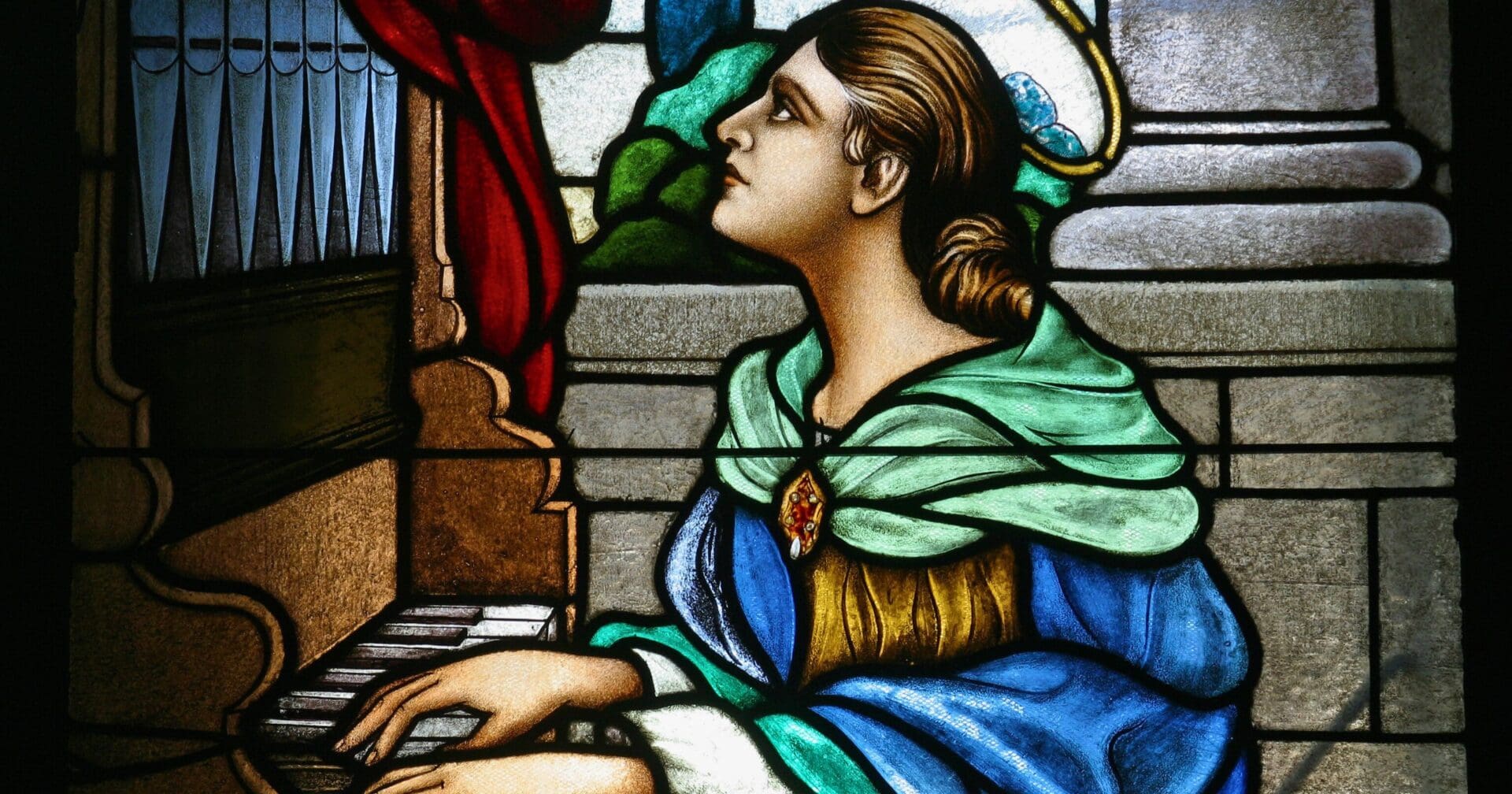
Saint Cecilia was believed to be born in a wealthy Roman family and a devout Christian from birth, Cecilia was betrothed to a pagan, Valerian. Upholding her vow of virginity to God, she wore sackcloth and engaged in fervent prayer, hoping to maintain her purity.
On her wedding night, she confided in Valerian about her divine vow and claimed an angel’s protection over her chastity. Intrigued, Valerian met Pope Urban, who baptized him. Upon his return, both he and Cecilia were said to be crowned by an angel, a story that also led to the conversion of Valerian’s brother, Tibertius.
The brothers embarked on a mission to bury martyred Christians, leading to their execution. Meanwhile, Cecilia continued her evangelistic efforts, converting many and preparing her home to be a future church. Eventually, she faced persecution. Sentenced to suffocation in a bathhouse, she miraculously survived, only to be ordered beheaded. Despite three strikes, the executioner failed to kill her instantly, and she continued to preach for three days before succumbing to her wounds.
Saint Cecilia’s feast day is celebrated on November 22.
In art, she is often portrayed playing the organ, surrounded by angels, embodying the sacred role of music in worship. Notable artists like Hans Memling, Raphael, and Rubens have depicted her, immortalizing her patronage in their works. Chaucer, Handel, and even the Andrews Sisters in 1941 have also contributed to her legacy.
Editorial credit: Zvonimir Atletic / Shutterstock.com
The post Saint Cecilia appeared first on uCatholic.
Daily Reading
Memorial of Saint Cecilia, Virgin and Martyr
Readings for the Memorial of Saint Cecilia, Virgin and Martyr Reading 1 RV 10:8-11 I, John, heard a voice from heaven speak to me.Then the voice spoke to me and…
Daily Meditation
Sacred Spaces
Click here for daily readings “My house shall be a house of prayer, but you have made it a den of thieves.” With that line, Jesus is condemning those who…




